Having leadership problems in the workplace? Are your employees noticeably more irritable, capricious, or just plain inconsistent with their emotions, to the point where it could start affecting their work? Going through the process of firing, recruiting, and retraining new staff is just not realistic for many businesses; the pool of talent is no longer bottomless and the cost of recruiting hefty. Stimulating employee engagement however can be a real head-scratcher; many of the traditional methods of punishment, reward or manipulation just don’t work any more. If you are willing to stick with your employees for the long-haul, you should be open to trying new things and dedicating more resources to developing your staff. Let’s look at some common practices.
Raise the standard of employee happiness
Your employees may state they are happy, but are they really? You can’t just interrogate them to find out the truth. Tacit information received from a client’s employees who recently underwent a comprehensive engagement survey attests that staff are dubious to tell the truth for fear of their employer connecting their answers to their pay cheques. However the answer to that question really matters. You need to know if there is something preventing your employees from giving a hundred and ten percent, rather than just doing a good job. You can’t force that type of drive either, so you need to measure their level of happiness and receive feedback on what’s holding them back. Is it the hours or the shift work? Their responsibilities? Their relationships with their colleagues, or manager? You can test some of these out by changing their environment, ever so slightly.
Follow Taylor Swift’s example and ‘shake it up’
Create competition in the workplace by separating like-minded individuals who share office space together. This could mean scheduling two employees who traditionally butt-heads to work together on the same task or project. Encouraging them to brainstorm and be creative will ensure the quality of ideas presented is enhanced. Find the balance to stimulate their minds and create healthy competition so that they look forward to coming to work and finding new ways to push boundaries and their performance further. You will also find it advantageous to ensure you have other colleagues around them who will not compete, but rather support their roles as creators. Not that their job role is less important, it is just that their assistance will enable the ideas to flow smoothly and outcomes to be captured for the business. Challenging and growing people to reach further by ‘shaking up’ their environment is just one place to start.
Don’t cramp innovation
Don’t punish those with creative minds for a slip in productivity. Encouraging them to focus on menial tasks will not reignite their passion. Professional development can be complex, and creative employee engagement is something that is always situational. Consider changing the pace and environment, bringing in new ideas or people, before you head down the performance management pathway. If you choose to follow the traditional numbers metric and demote or promote purely on performance numbers, you’re often going to miss the mark if you’re in a business that isn't just a glorified lemonade stand. Even lemonade stands have opportunity to grow from creative solutions. Reward creativity and the numbers will follow.
There are always employees who may never aspire for bigger and better things in the workplace. When it comes to developing skill set, some people are happier staying with the predicable. But for those whose brains work differently and need to be constantly moving and absorbing new stimuli, you should adjust your rewards and expectations to encourage and recognise that passion.
Make them earn it
By that, I mean don’t hand them advances, bonuses or raises for work that has yet to be completed or fully realised; over the top behaviour actually impairs future performance by saying this level of performance is what earns you the top rewards or perks instead of encouraging the mind and innovative practice within the business. Positive feedback, meaningful work and creative challenges are better motivators for extraordinary minds in the workplace. The challenges set by the individual them self will be the most chemically-potent reward they can receive for meeting or exceeding their own goals. Offer rewards and recognition for loyalty and professional etiquette; things which can be obtained equally throughout the company for those dedicated enough.
Shuffle the deck
Task repetition kills creativity, so constantly shuffle the deck for your high performers and change their environment and task focus. Even if they haven’t shown signs of complacency or voiced any complaints, creative employees need problems to solve to starve off boredom. Don’t simply push out their numbers; try a different approach and ‘stretch goal’ to allow them to move forward. A change in focus is often as good as a holiday.
Always praise innovative performance
Always go out of your way to congratulate the people who make your business a little bit better than it was before they arrived. Praise motivates people. Hearing other people be praised motivates a high performer to continuously raise their performance to remain as the shining star. As Ken Blanchard attests in his book ‘The One Minute Manager’, ‘People who feel good about themselves produce good results’. Effort demonstrated should be proactively encouraged; we want them to do more of the same.
Communication is the key
The majority of us would benefit from completing a communication health-check from time to time. Are we really communicating effectively and positively with our team? Information may keep the workplace informed; how we communicate it can be the difference between motivating and demotivating our employees. If you are doing a poor job at communicating with your regular employees, you probably suck at communicating with your creative ones. Are you actually ‘there’ with your staff when they are talking to you? Or are you thinking about the next task on your to-do-list. In analysing results from a recent 360 performance feedback survey conducted, the majority of colleagues reported that their managers often appeared to be disengaged when communicating with them. Your active listening skills communicate louder than your words.
Reward performance with tangible benefits
Applying the ‘WIFM’ [what’s in it for me] model as an employee engagement strategy and aligning job positions with nationally recognised qualifications, will see you marketed as an employer of choice. People who feel valued, challenged and adequately rewarded stay and effectively contribute to the team. As soon as this varies, great employees who were outstanding in the past leave for other pastures. Recognition and reward is not solely about money. If an employee feels you are investing in their future, they are more likely to increase their investment with you.
To explore how you can align your employee’s performance with nationally recognised qualifications or to enquire about our executive coaching options, contact Scope Vision today. The only thing stopping you… is you!









